Copenhagen

Don't miss Black Friday at Retkee. Your favorite itineraries are now at special prices. Explore

Don't miss Black Friday at Retkee. Your favorite itineraries are now at special prices. Explore
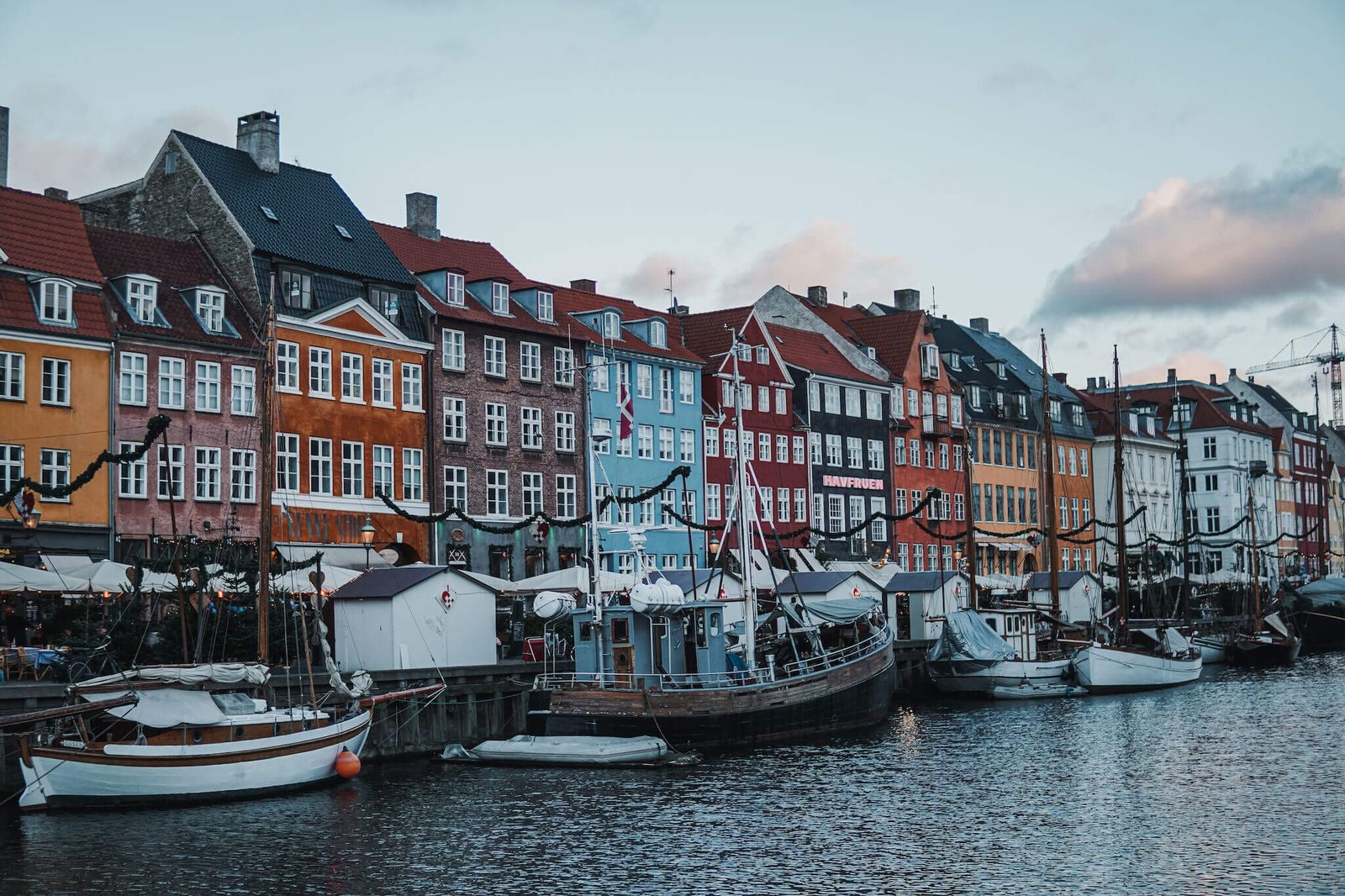
Denmark attracts travellers with its cycle paths, modern architecture and rich history. In cities like Copenhagen, you'll find design, culture and great dining experiences. And nature, or the Baltic Sea coast? These are also hard to resist.
Explore the country
The best time to visit Denmark is from May to September, when temperatures are pleasant, the countryside is beautifully green and many tourist attractions and festivals are open. You can also expect long days and shorter nights during this period.
Denmark is an ideal destination for travellers looking for a combination of history, culture and beautiful nature. The best time to visit is definitely between May and September, when the weather is pleasant and the blooming countryside beckons you to explore. We definitely recommend visiting Copenhagen and its iconic landmarks, such as Amalienborg Palace or small towns with cosy streets and iconic Danish cafes. Denmark also offers beautiful beaches and coastal, suitable for water sports or relaxation.
Denmark is considered one of the most expensive countries in Europe in terms of price. This applies to accommodation, food and transport. But no worries. You can travel here comfortably even on a lower budget. There are a lot of cheaper hostels and a good public transport infrastructure. In short, even for little money you can enjoy a lot of “music” here.
Follow our itinerary to Copenhagen. Experience a modern city with a rich history of sights and gastronomic delights.
3 days
On foot
Medium pace
Year-round

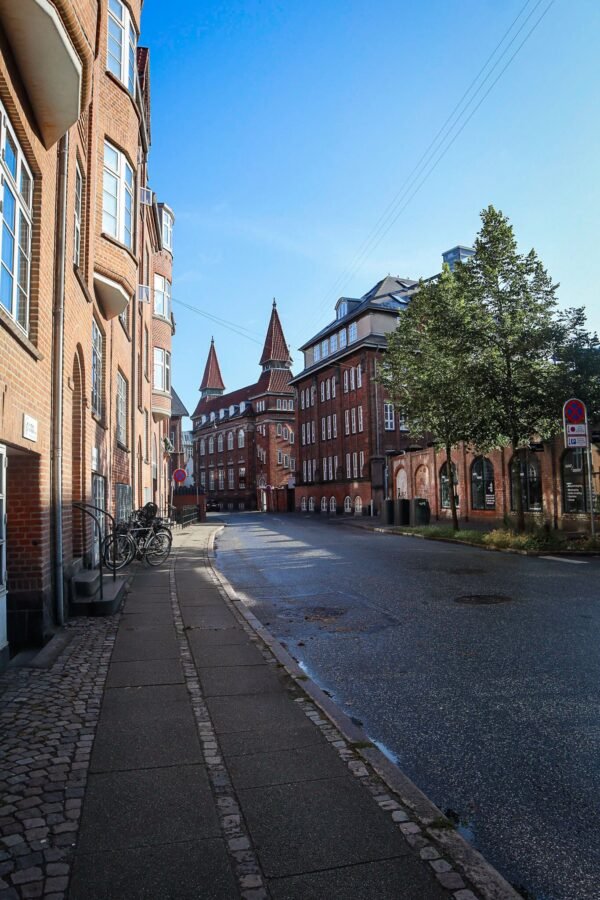
Aarhus, Jutland
Aarhus, Jutland
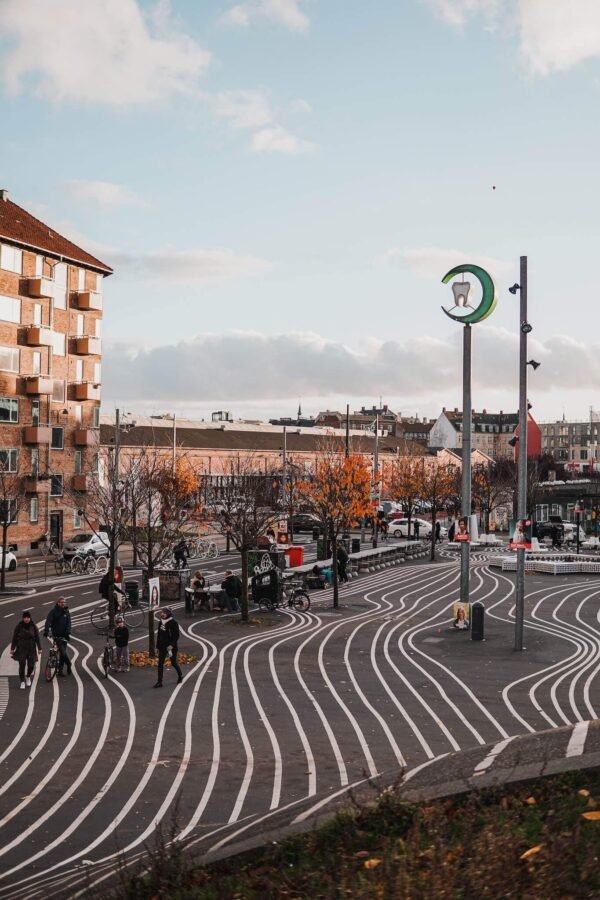
Copenhagen
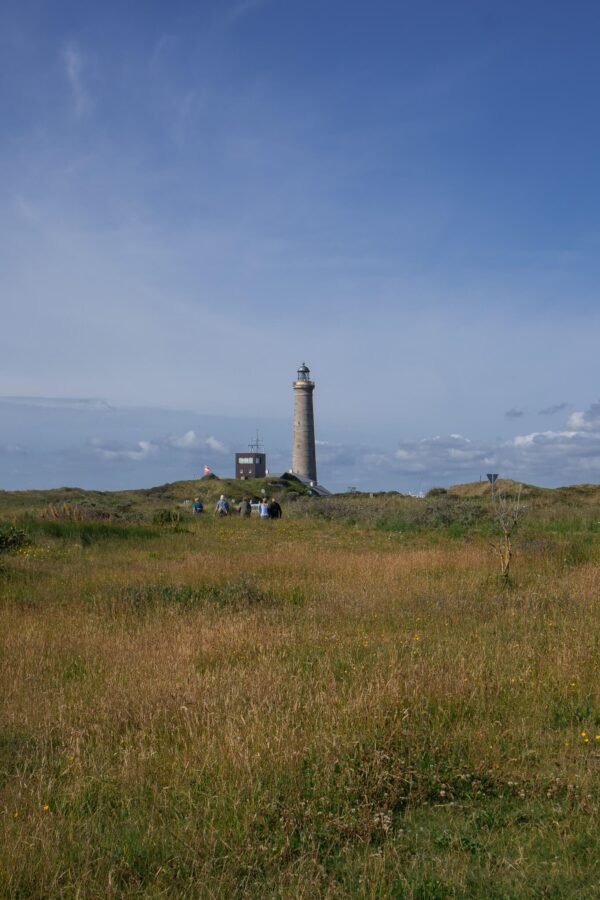
Skagen, Frederikshavn
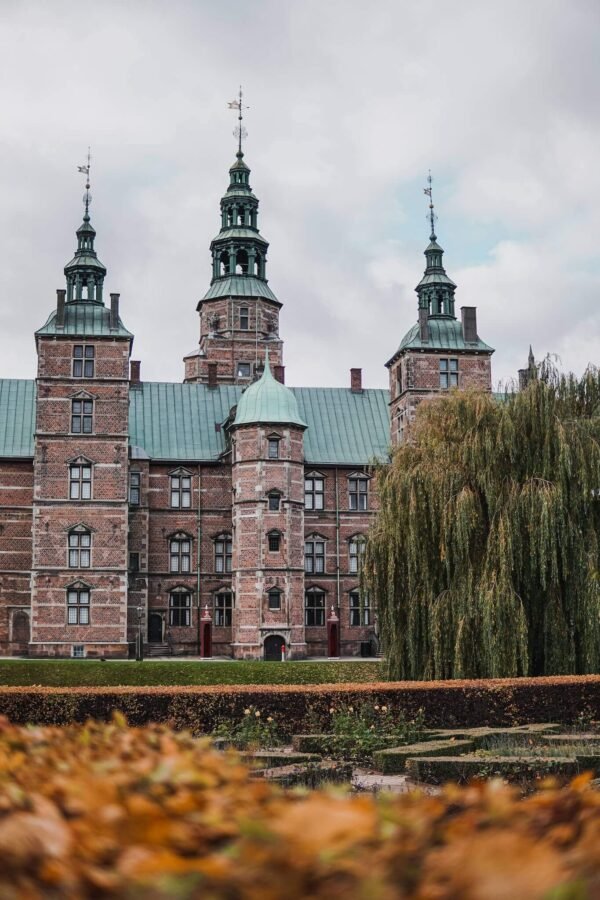
Copenhagen
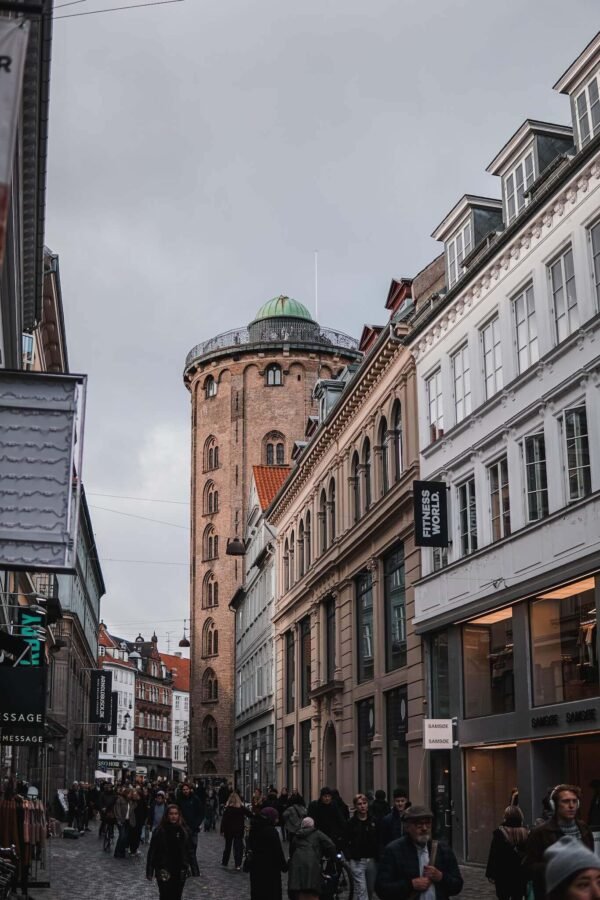
Copenhagen

Copenhagen
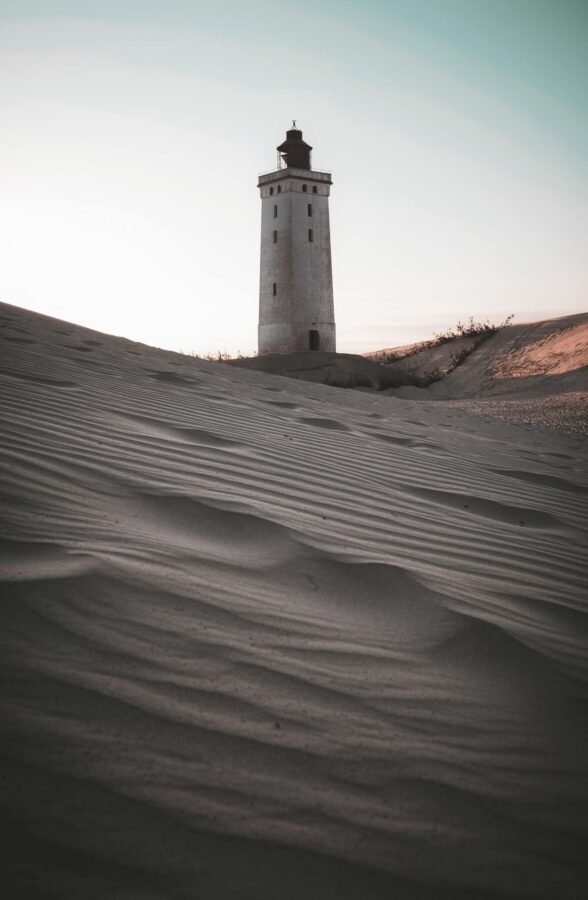
Rubjerg, Hjørring
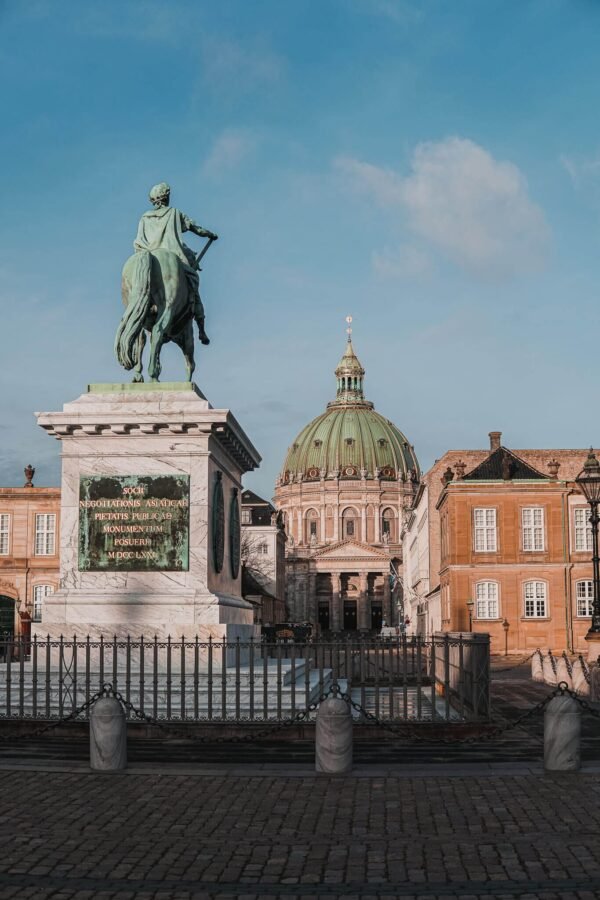
Copenhagen
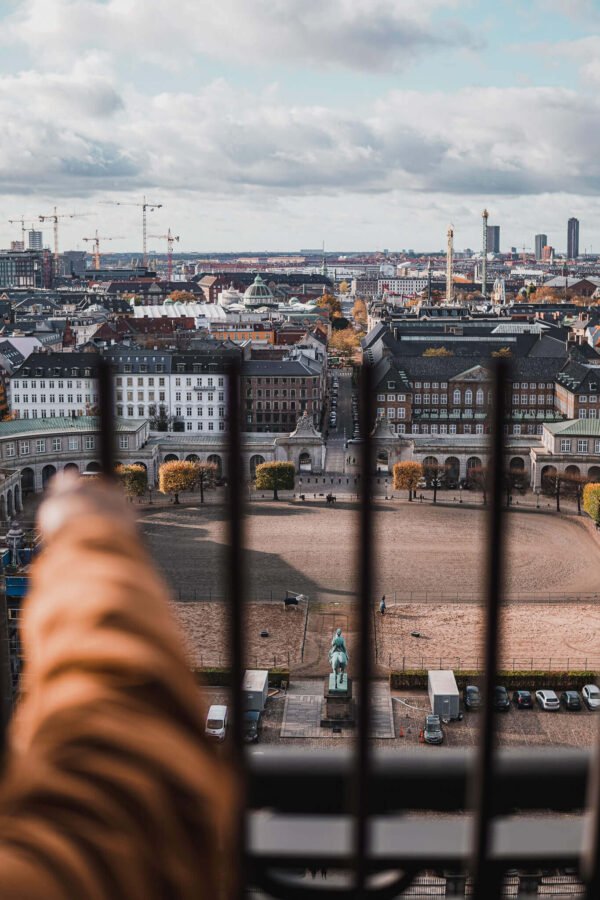
Copenhagen

Copenhagen
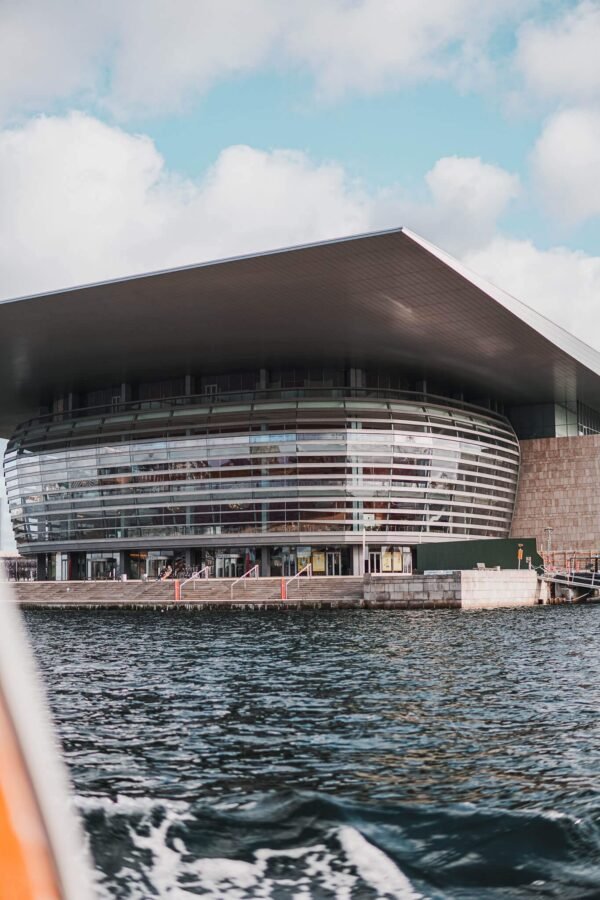
Copenhagen
The best time to visit Denmark depends on your preferences and what you expect from your holiday or travel adventure.
During late spring and summer, specifically from May to August, you can expect warm and longer days, which is ideal for strolling around the city, visiting beaches and outdoor activities. There are also many festivals and cultural events taking place during these months, so you can enjoy the culture of the cities (and beyond) to the full.
June and July are characterized by long nights, when the sun sets only around 22:00. Although you can expect warmer days, you will occasionally encounter cooler weather and rain showers. On the other hand, autumn, from September to November, brings fewer tourists and beautiful colourful nature, thanks to the falling leaves, but also cooler and rainy weather.
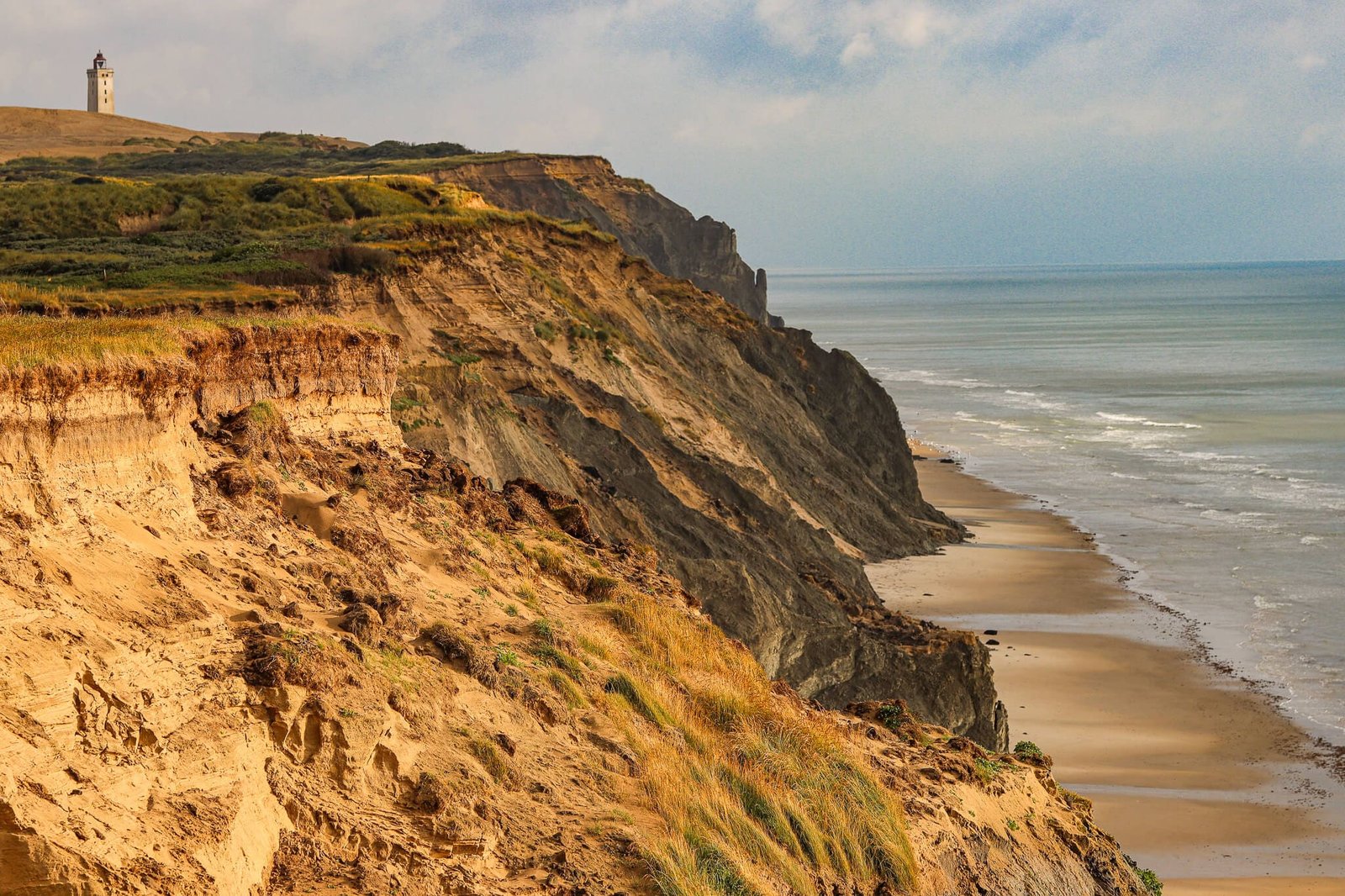
The winter months from December to February are ideal for winter sports enthusiasts, Christmas markets and celebrations. However, there’s not much skiing in Denmark due to the nature of the terrain, so don’t expect many ski resorts. If you’re lucky enough to visit the northern part of Denmark at the right time, you might see the Northern Lights. The days are short and cold in winter with the possibility of snow.
March and April, the spring months, bring a gradual warming as trees and plants begin to come back to life.
Like most Scandinavian countries, Denmark is known for its higher prices. But what can you expect?
Accommodation prices may be higher than we are used to in the Czech Republic. Especially in the capital city of Copenhagen, you can expect to pay around 1,000 DKK (approx. 3,300 CZK) per night for a standard hotel room in the centre. In smaller towns and villages, prices are usually lower. If you’re looking for more economical options, Airbnb and hostels can be a good choice. Many hostels in Copenhagen are also very clean and nicely decorated, making them a great alternative to traditional hotel accommodation.
Danish public transport is efficient but can sometimes be expensive. Tickets for public transport in Copenhagen start at 24 DKK (about 80 CZK). Trains are fast and comfortable for travel between cities, but can be expensive if you don’t buy tickets in advance.
Entrance fees to tourist attractions such as museums and castles usually range between DKK 50-150 (approx. CZK 150-500). If you plan to visit more than one place, it may be worth getting a tourist card, which already offers discounts and in some cases free entry.
If you want to eat out, the food in Danish restaurants is good quality, but you can expect higher prices than at home. Dinner in an average restaurant can cost 200-500 DKK (650-1650 CZK) per person. If you’re looking for a cheaper option, bet on street stalls offering traditional Danish hot dogs.
Denmark is a country known for its high level of infrastructure and efficient transport.
Denmark’s rail network is extensive and connects most major cities and regions. Trains are modern, comfortable and usually run very punctually. DSB (Danske Statsbaner) is the main railway company and offers both national and international services.
Urban and intercity bus routes complement the rail network, especially in less accessible areas. In cities such as Copenhagen and Aarhus, the urban transport system is very well developed and connects key parts of the city.
In Copenhagen, in addition to buses and city trains, public transport includes the metro, which makes getting around the city quick and convenient.
Denmark’s road network is well maintained. Motorways connect the main cities and regions, and are mostly free to use. Exceptions are some bridges, such as the Øresund Bridge connecting Denmark to Sweden, where tolls are required. For those who don’t drive their own car, there are a number of international and local car rental companies in Denmark.
Last but not least, Denmark, and Copenhagen in particular, is a true paradise for cyclists. The city’s cycle paths are wide, safe and well signposted. In many cities, bikes can be rented or shared. For locals and tourists, the bicycle is often the preferred mode of transport.
Denmark may be a relatively small country, but it offers a rich variety of cultural, historical and natural attractions, so it’s up to you what you choose to discover.
Smaller cities in Denmark such as Aarhus, Odense or Aalborg will definitely take you more than 1-2 days to explore. For Copenhagen, on the other hand, set aside at least 2-3 days. If you want to see the west and discover its hidden corners, plan at least 3 days. What about islands like Bornholm or Fyn? If you want to explore them too, we recommend extending your trip by at least another 3 days.
If you’re heading to Denmark with a motorhome and want to combine your trip with exploring the local atmosphere, or maybe even work, make sure you set aside at least 2 weeks for your stay.
In Denmark, don’t expect a rich traditional cuisine with local delicacies like in Italy. Although Danish cuisine offers plenty of tasty and unique dishes, some of them may seem rather greasy and heavy to visitors. Classic American cuisine combined with seafood is also quite popular, thanks to the availability of seafood from the surrounding sea. Here are some interesting Danish food and drinks that you should definitely try on your travels:
Smørrebrød: This is a traditional Danish snack – a bread pancake smeared with butter and topped with various ingredients such as smoked fish, cheese, egg or salami. This is a must!
Frikadeller: Danish meatballs, often served with potato salad. Soft, tasty and popular with locals and tourists alike.
Rød pølse: A traditional Danish hot dog, red and usually served with various sauces and onions. Ideal for a quick lunch.
And as for the drinks and beverages:
Aquavit: A traditional Danish alcoholic drink, often considered the Danish version of vodka, but with a distinctive spicy taste.
Danish beer: Denmark is home to several famous breweries, the most famous of which is Carlsberg. Be sure to sample the local beer in one of Copenhagen’s many beer bars.
Danish coffee: the Danes love their coffee and the coffee culture is very strong in the country. Visit one of the cafés and enjoy a coffee with a typical Danish pastry.
Although Denmark is part of the EU, the currency is the Danish krone (DKK), not the euro. Although most establishments accept cards, some prefer or even allow payment by card only. Still, it is advisable to have a small amount of cash for visiting remote areas or small shops. However, most tourists in Denmark hardly use cash.
In Denmark, tap water is safe and drinkable. But if you want to be sure, using a filter guarantees it.
When it comes to campsites, Denmark has many well-equipped campsites that offer a variety of services, from basic tent pitches and RV sites to luxury cabins. These campsites often have modern toilets, showers, kitchen facilities and laundry facilities. Due to the higher prices, expect to pay higher camping fees as well. The price per night for one car and two adults is around 250-500 DKK (650-1,500 CZK).
Unlike some other Nordic countries, Denmark does not practice wild camping. The “Allemannsretten” (right to free movement in nature) does not apply in Denmark, which means that free camping in nature is generally not allowed. There are, however, specially designated areas where camping outside official campsites is allowed.
As far as RV camping services are concerned, most campsites offer waste water and toilet flushing stations. It is important to be environmentally friendly and always empty your waste at the designated sites, of which there are many in Denmark. We recommend following Park4night to find the nearest one.
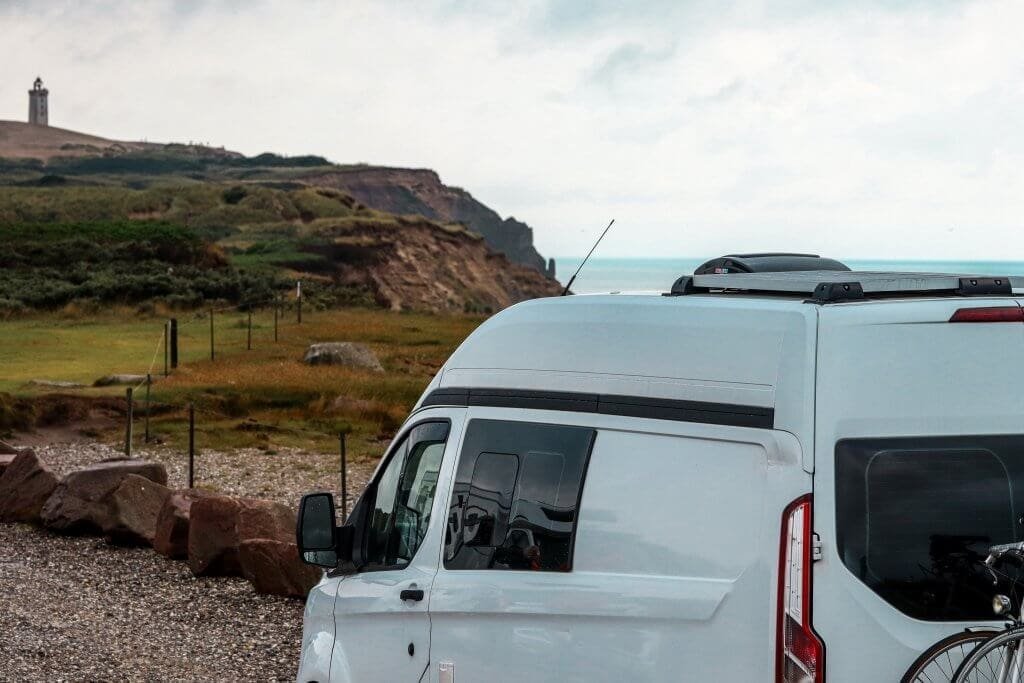
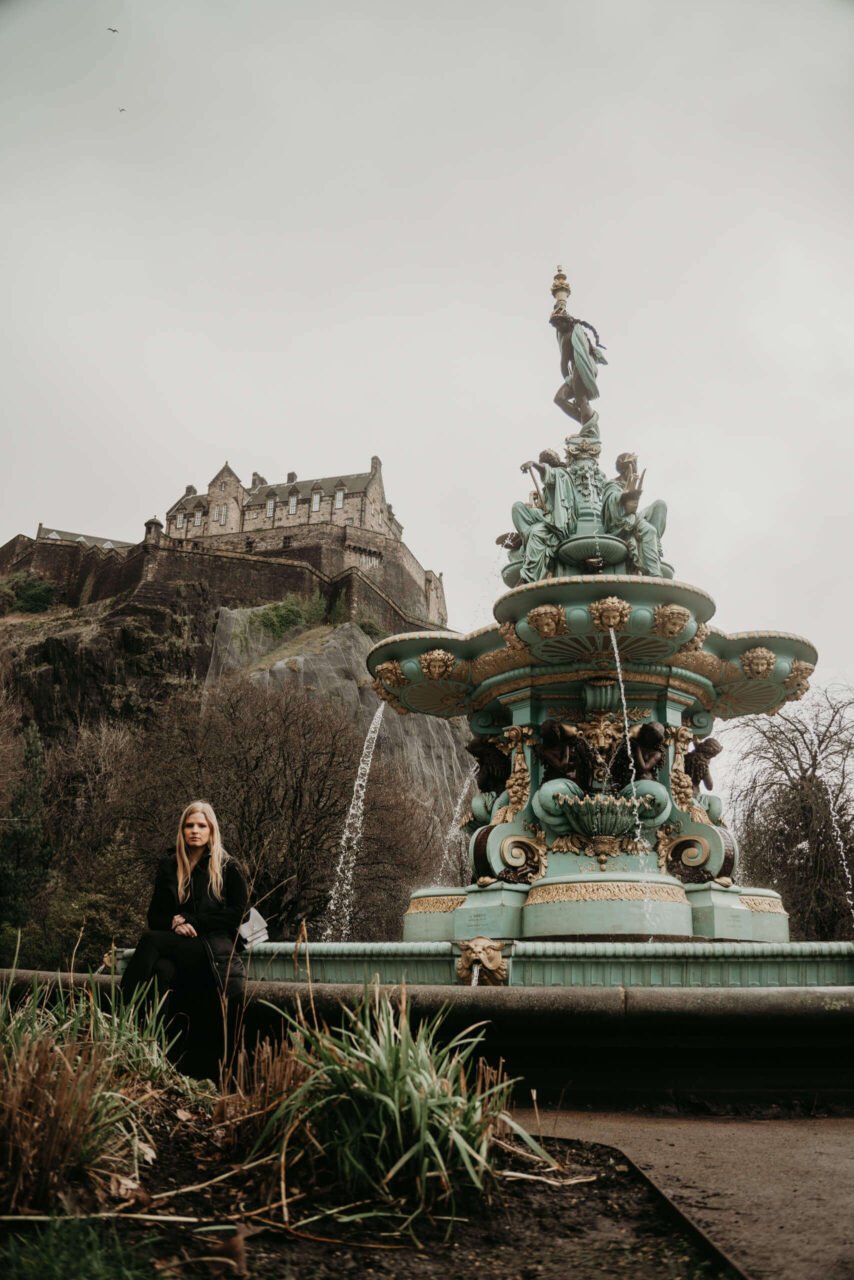
Martin & Tina • 09. 11. 2024

Below you can set the language and currency.